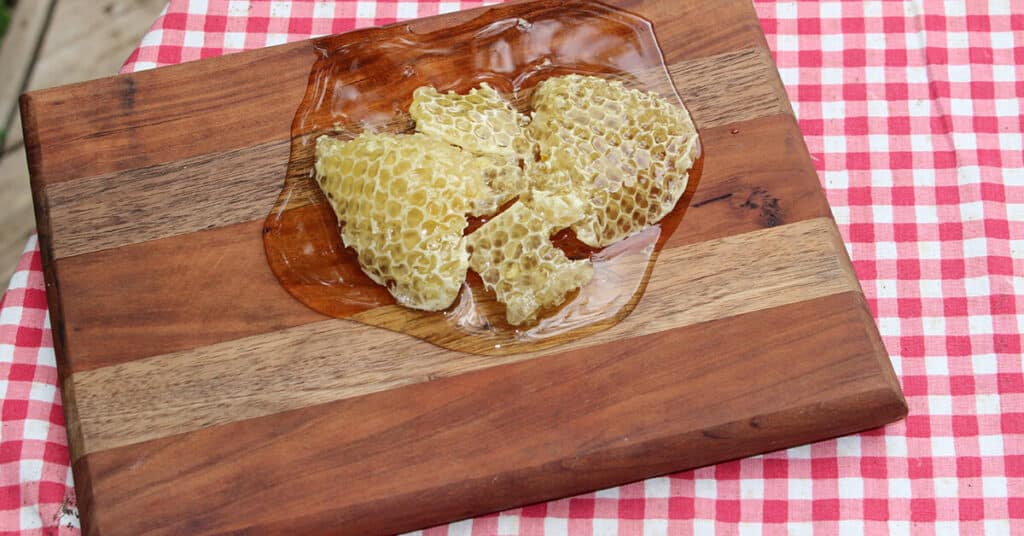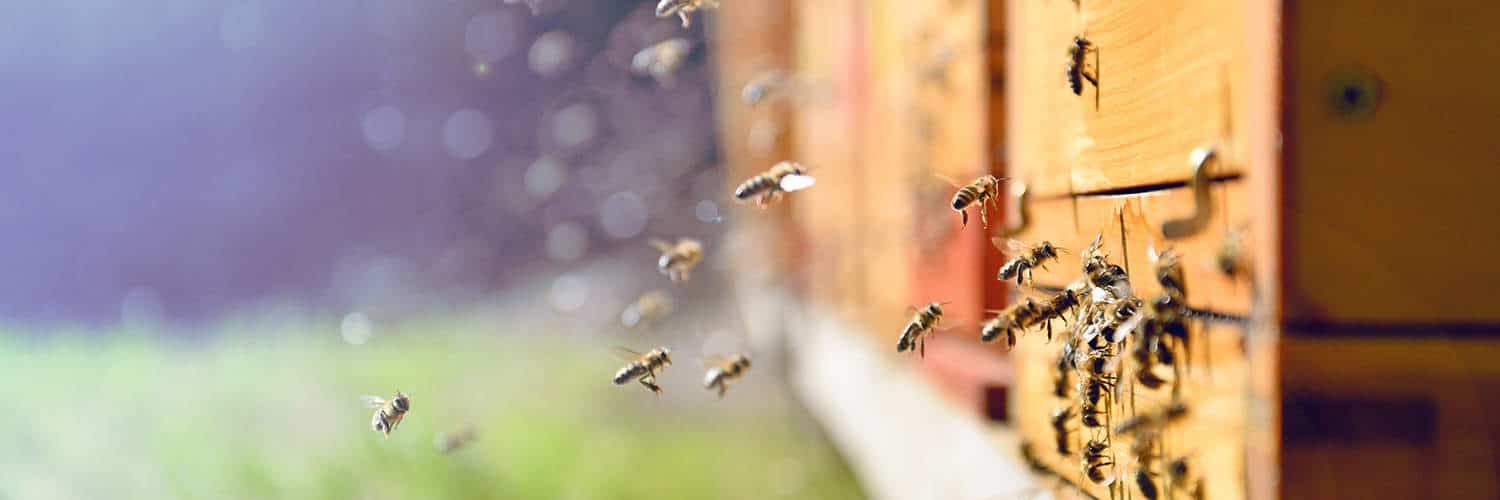1. Bees have been kept for over 4500 years, going back to ancient times as cave paintings show.
2. In ancient Egypt, honey was used as a sweetener for royalty. Honey was found in King Tut’s tomb that was over 3000 years old… and it was still edible. Here are a few things that you can do with honey that don’t require eating it.
3. Worker bees are always female are the only bees to have stingers. Drones are always male and only the Queen can reproduce.
4. Honey bees are the only type of bee that dies after stinging.
 Photo by Hunter Trahan on Unsplash
Photo by Hunter Trahan on Unsplash
5. Honey contains healing resorts and has been used for centuries for healing sickness
6. Each bee has 170 odorant receptors, this sense of smell is 50 times more powerful than a dog. They HATE the smell of human breath.
7. A worker bee can carry a load of nectar or pollen equal to 80% of her own body weight.
8. Though bees have jointed legs, they do not possess anything like a kneecap, and therefore do not have knees.
9. Honey is 25% sweeter than table sugar. The darker the honey, the greater amount of antioxidant resorts it has.
 Photo by Macau Photo Agency on Unsplash
Photo by Macau Photo Agency on Unsplash
10. Honey is the only foodstuff that contains all of the necessary nutrients to sustain life.
11. Bees are currently being used to study dementia. When a bee takes on a new job usually done by a younger bee, its brain stops aging!
12. If you ever need to feed a bee. It is not advisable to use brown sugar as it is harder for bees to digest and don’t give bumblebees honey as this can contain pathogens that are harmful.
13. The honeybee is the official insect of the state of Maine.
 Photo by David Clode on Unsplash
Photo by David Clode on Unsplash
14. Honey bees don’t sleep. Instead, they spend their nights motionless, conserving energy for the next day’s activities.
15. Honey bees beat their wings 200 times per second, creating their trademark “buzz.”
16. The average worker bee lives for just five to six weeks. During this time, she’ll produce around a twelfth of a teaspoon of honey.
17. Worker honey bees live for about 4 weeks in the spring or summer but up to 6 months during the winter.
18. Honey bees travel up to 3 miles away from the hive in search of nectar and pollen and will visit between 50 and 100 flowers during their trip.
 Photo by Stacie Spain
Photo by Stacie Spain
19. During the winter, some worker bees take on the job of “heater bees,” where they vibrate their bodies in order to keep the hive at the optimal temperature of 95ºF.
20. Bees can’t see the color red. They do however see the ultraviolet color spectrum which many flowers produce and humans are unable to see.
Support Our Bees
RVC contributes to bee conservation by discovering and learning about the bees, educating our employees and guests through hiving bees at our resorts, partnering with local beekeepers, and determining what we can all do to make a difference for the bees. We challenge everyone to become a BEE-liever! RVC Outdoor Destinations, the leading provider of high-quality outdoor hospitality in the United States, is redefining the traditional camping experience. For more information, please visit rvcoutdoors.com.
FAQs
- How long do honeybees live, and what is their lifespan during different seasons?
- The average worker honey bee lives for about five to six weeks during the spring or summer but can live up to six months during the winter when they take on the job of “heater bees” to maintain the hive’s temperature.
- What nutrients are found in honey, and why is it considered a superfood?
- Honey is the only foodstuff that contains all the necessary nutrients to sustain life. It’s 25% sweeter than table sugar and contains healing properties, antioxidants, and essential nutrients, making it a superfood.
- How far do honey bees travel in search of nectar, and how many flowers do they visit during a trip?
- Honeybees travel up to 3 miles away from the hive in search of nectar and pollen. During their trip, they can visit between 50 and 100 flowers, contributing to pollination and honey production.














